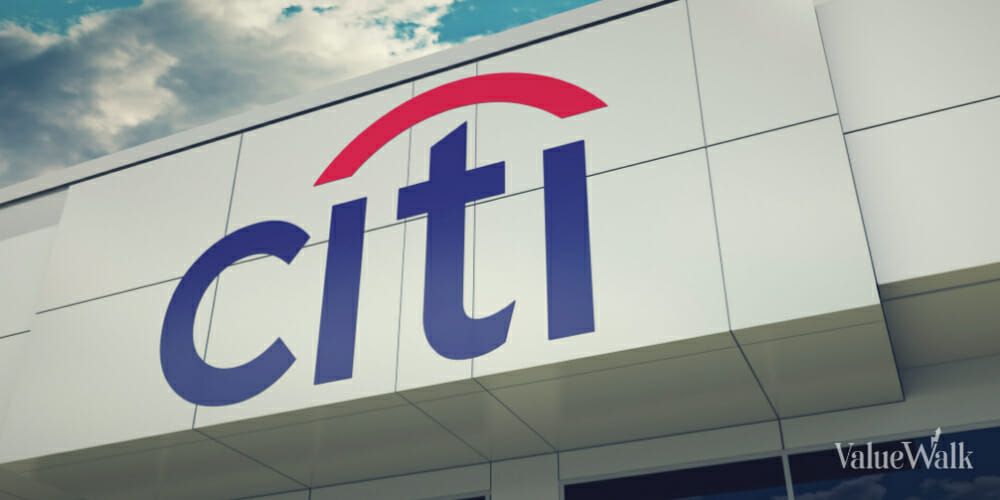Web 3.0 and blockchain developing platforms are on the mind of nearly any software engineer that’s trailing a swift transition from the not-so-forgotten Web 2.0 ecosystem.
New software and blockchain infrastructure models have seen our slow departure from more traditional perspectives. They have created an opportunity for software engineers ready to veer into a new direction of the consumer and peer-to-peer-based software.
Q4 2021 hedge fund letters, conferences and more
With companies working towards optimizing source efficiency through blockchain-based software, blockchain infrastructure providers are enabling open and permissionless platforms, making it easier to deploy decentralized apps (dApps) and other hybrid servers.
The last twenty-so years of the internet have allowed us to make use of it in our schools, hospitals, banks, work, and homes - yet, we’re only scratching the surface of what the internet and its complexities can offer us for the future ahead.
Amol Shah, the CRO of blockchain infrastructure provider QuickNode who recently assisted Behance, a portfolio site owned by Adobe; shared how the company is trailblazing forward to develop infrastructure that will help the industry keep up with growing demand, and pursue more innovative avenues.
What’s the rundown on QuickNode for any reader who’s not quite sure about the work the team at QuickNode does?
QuickNode is a leading blockchain infrastructure provider that helps leading companies build, deploy and scale blockchain-enabled services across 12 different blockchains. By providing the backend infrastructure, node patches and services, and tooling, we enable builders to focus more on the UI, UX and serving end users of their applications, which helps to accelerate blockchain development.
We work with prominent Web 2 players moving into Web3 like Twitter and Adobe, who recently launched NFT features.
We also work with leaders in Web3 like OpenSea (the largest NFT marketplace today), Magic Eden (the largest minting platform on Solana), Chingari (the first web3 native short-form video platform similar to TikTok, but in India).
We also work with academic institutions, through our partnership with the Wharton School’s Stevens Center, which focuses on crypto innovation, and the Penn crypto accelerator program, Cypher.
How was QuickNode able to integrate high-performance access to over 12 blockchains such as Ethereum and Solana?
It all starts with our team with more than 20 years of experience managing globally distributed data centers and the expertise to address Web 3.0 scaling challenges.
We’ve invested a ton into the tech infrastructure that links our global data centers. To ensure that clients have the latency-optimized solutions available, we use advanced automated routing and data syncing servers from across the world, which we have benchmarked in public tests.
We were one of the first node service providers to support Matic and BSC (both of which rolled out in March 2021). For Solana (rolled out in August 2021), QuickNode is the largest node service provider in the ecosystem, powering more than 50% of projects on Solana. That expertise and technology infrastructure enabled us to be multi-chain first early on in the company’s development.
Why is QuickNode a simpler and more streamlined option for someone looking to scale up as they grow their blockchain applications?
Blockchain infrastructure is expensive and complicated to run. It has gotten better in some ways, but it has also gotten harder. As the state of the blockchain grows, more storage is required. With more participants in blockchains, and increasing transactions, requirements will need to be improved.
With development moving from Ethereum to other chains, that complexity has increased exponentially as each protocol has its own set of patches, updates, and quirks. Instead of setting up and maintaining a node in-house with QuickNode, a developer has access to multiple chain types through one powerful API.
During a funding round in 2021, you raised more than $35 million - how has the company been able to scale up its production and development since then?
We’ve been investing on all fronts, both the tech and business side of things and everywhere else. Our team has more than doubled, and we expect it to increase in the coming year and roll out new chains, products, and increased support and service for the enterprise segment of the market.
Do you think the market is adaptable for companies and other developers to combine their efforts to help fast-track development?
Blockchain development by its open-source nature enables different projects to come together in different ways, which multiplies the pace of innovation.
QuickNode‘s role in this is to make this even easier, by giving developers, who are the builders of these different building blocks, more options than ever before to build not just one chain type, but across multiple ecosystems. By giving developers the most options, which we are laser-focused on, we hope that QuickNode is a catalyst across the entire Web3 ecosystem.
Recently QuickNode was able to assist Behance with various blockchain-based tech developments on Solana; what were some of the best advancements you were able to offer and now implement for Behance?
Behance is a social media platform owned by Adobe” Compared to other blockchains, the Solana protocol is innovative. Transactions on Solana use far less energy (the equivalent of two Google searches), and are lower overall which make building NFTs on Solana more accessible to a broader audience
Behance selected QuickNode to power this launch, taking advantage of QuickNode’s deep expertise in Solana.
Utilizing our core infrastructure, and newly developed NFT API added value offering, this is helping companies further accelerate their development in the same way that cloud platforms offer not just infrastructure as a service, but platforms as a service and software as a service (higher level, value-add offerings).
Developer tools allow users to access blockchain data and organize it (in the same way that Google makes the web searchable), making it easier to pull data to trace a current NFT owner, verify ownership, pull transaction history, and other functions.
As the industry grows, what are some of your thoughts on other contenders in the marketplace?
It’s important to first consider just how new the industry and the space is, in terms of our point in development. Three years ago, you would struggle to find an average person who had even heard of an NFT - today you see skits about NFTs on Saturday Night Live and newspaper headlines about DeFi and the metaverse every day. But we are still not at the point of mainstream adoption as a community, so we are less focused on potential competitors, and more focused on driving growth of the overall pie.
So what that means for us is just delivering the best solutions for developers and companies, and making sure we have the best tools available for people who are building. And that’s what our focus is day in a day out – expanding the number of chains that we offer, adding additional tooling, and making it easier for builders to build. And if we do that, we expect the entire ecosystem to benefit, which helps all of us.
With the rapid development of Web 3, where do you see QuickNode growing in the next five to ten years?
We’re seeing that new chains like Solana and Polygon unlock new use cases by making the underlying consumer experience faster and cheaper per transaction. We can expect speedier consumer adoption of blockchain-enabled tech from today’s narrowly focused applications.
We are witnessing this in the evolution of our business, broadening beyond just Web 3.0 native companies. More CEOs are being asked, “what’s our blockchain strategy” and “what are we doing about the metaverse.” This is diversifying our clients, including both Web 2.0 and Web 3.0 tech players transitioning.
We’re expanding our core offering infrastructure to value-add offerings, having more vertical-specific use cases such as our NFT API.
QuickNode is moving to make blockchain development universally accessible through the involvement of organizing information in an increasingly more complex chain universe and actionable through wallet monitoring, alerting, and advanced smart contract monitoring capabilities.
We already have plans to invest more heavily in developer tools and integrating platform and application service layers on top of our core infrastructure platform.













